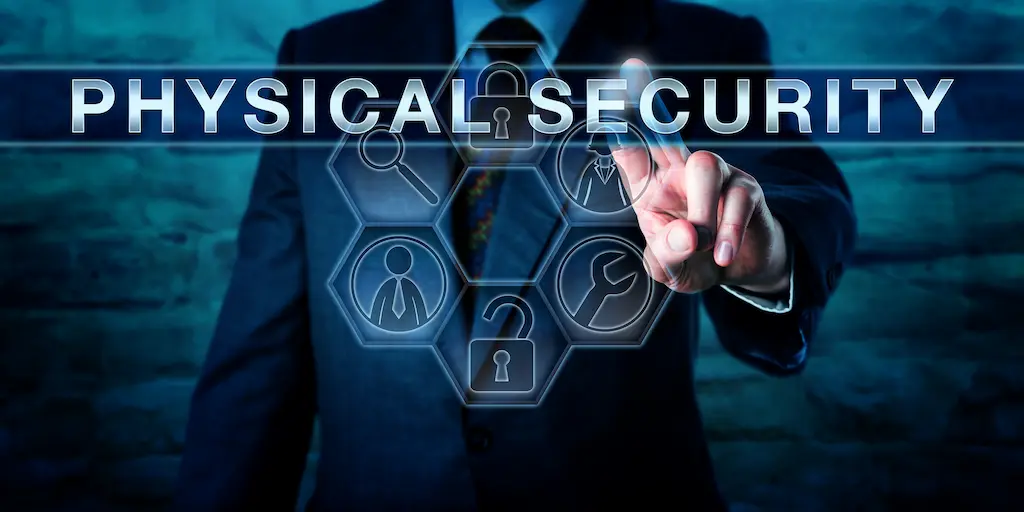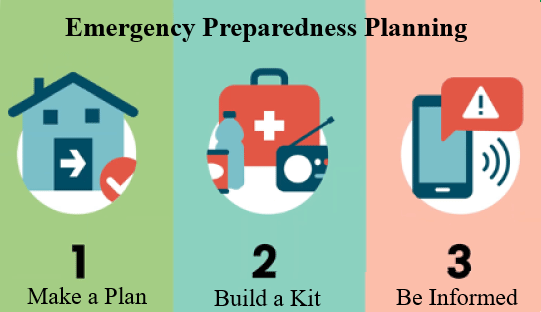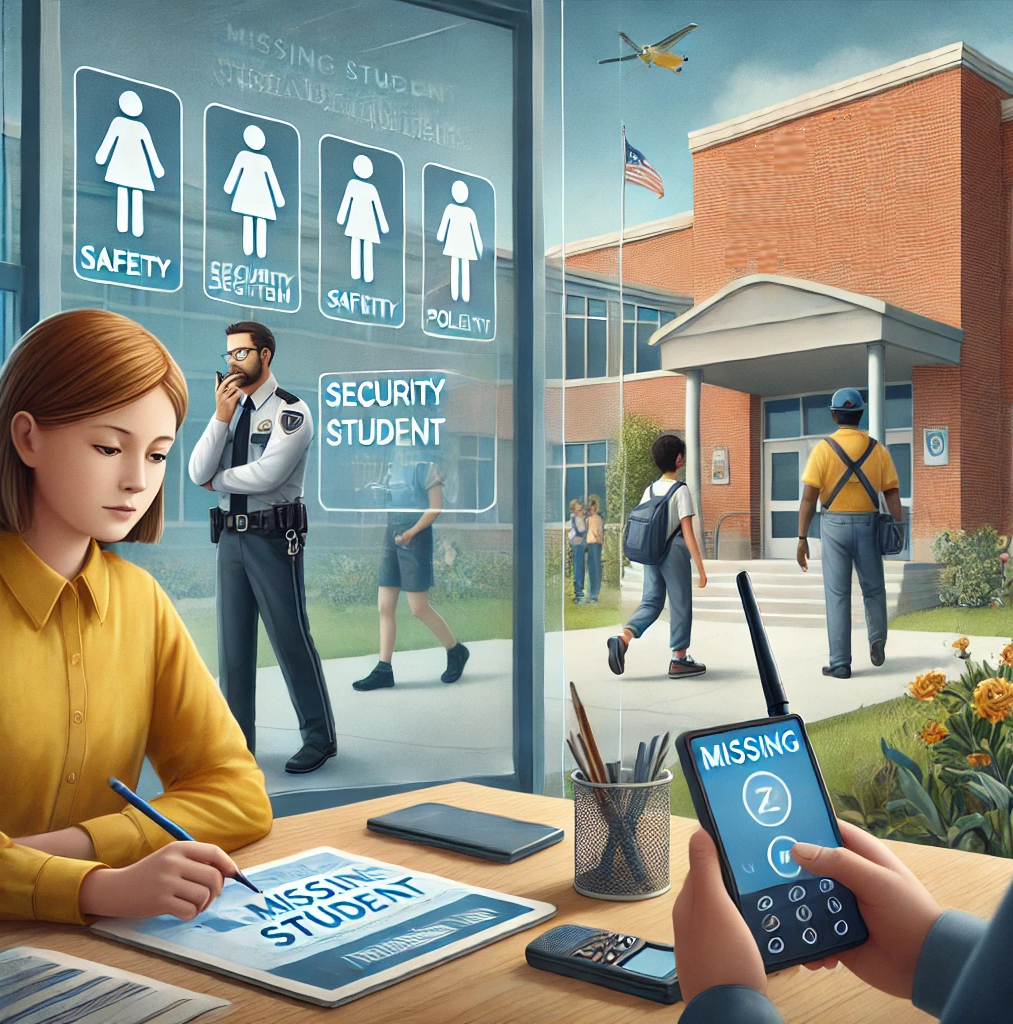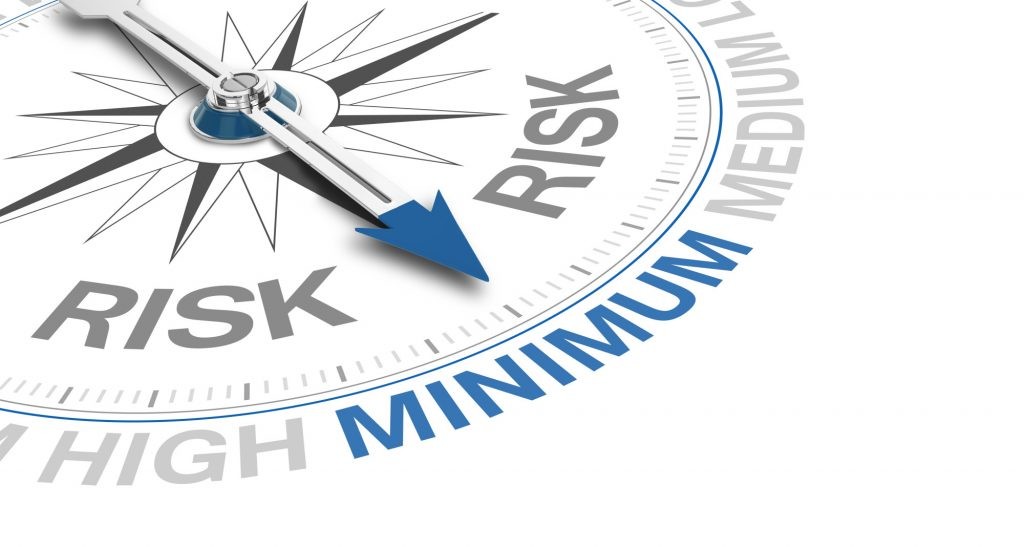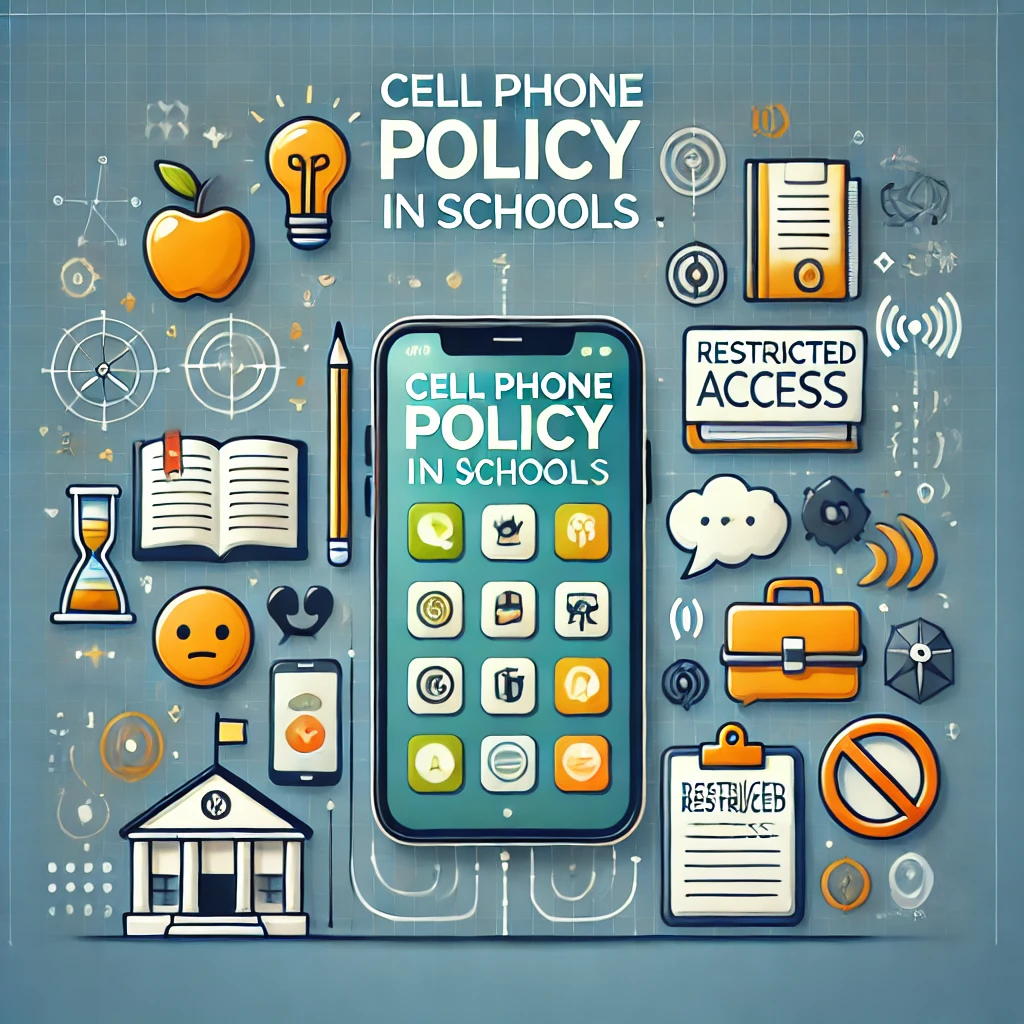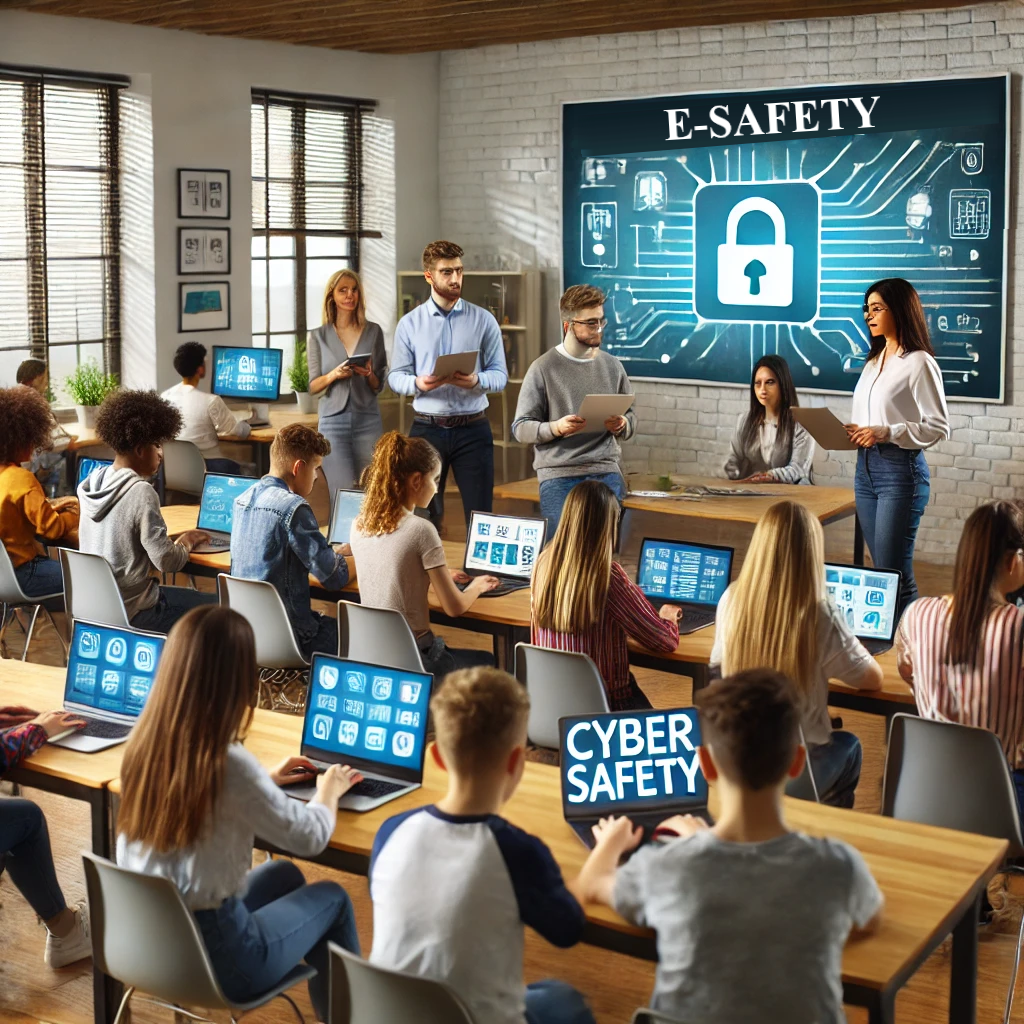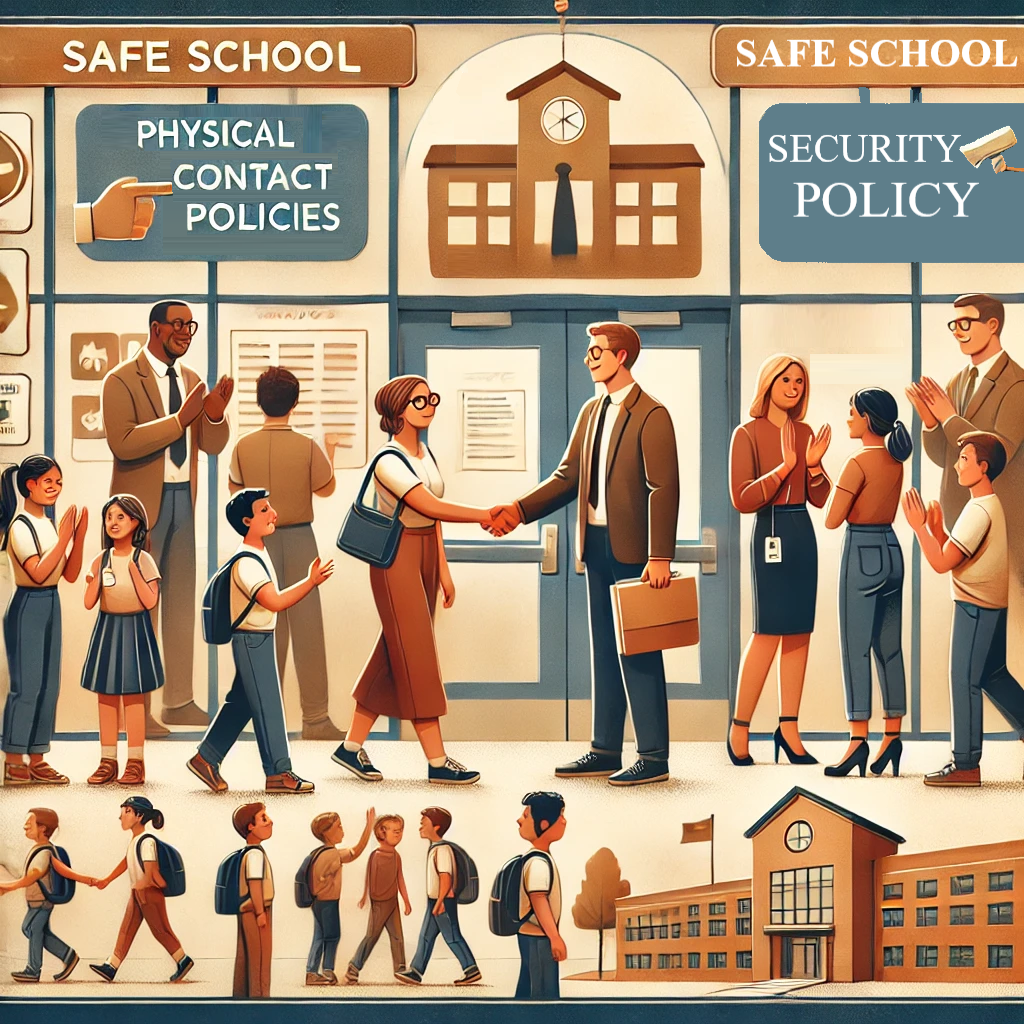Introduction
In an increasingly digital educational landscape, cybersecurity is paramount. From safeguarding sensitive data to ensuring safe online learning environments, schools must address evolving cyber threats. This blog highlights key challenges and solutions for achieving robust cybersecurity in schools.
The Growing Cybersecurity Threat
Schools are prime targets for cyberattacks due to their extensive data repositories and often limited defenses. Data breaches, phishing scams, and ransomware attacks can compromise student and staff safety, disrupt operations, and lead to significant financial loss.
Key Aspects of School Cybersecurity
- Data Protection
Implementing encryption and secure storage solutions ensures sensitive information, such as student records and staff data, remains safe from breaches. For instance, compliance with regulations like FERPA adds an extra layer of accountability. - Online Safety
for Students
Schools must educate students on identifying phishing attempts and avoiding harmful content. Tools like web filters and monitored internet usage can provide a safer digital experience. - Secure Learning
Platforms
The rise of virtual classrooms has underscored the importance of secure platforms. Schools should prioritize platforms with robust encryption, multi-factor authentication, and user activity monitoring.
Case Study: A US School’s Response to Cyber Threats
A high school in California implemented a comprehensive cybersecurity policy after experiencing a phishing attack. By training staff, installing endpoint protection software, and upgrading firewall systems, they successfully minimized future risks.
Challenges in Implementing Cybersecurity
Budget constraints and limited IT expertise often hinder schools' cybersecurity efforts. Collaborative initiatives, such as partnerships with tech companies or government programs, can bridge these gaps.
Best Practices for Schools
- Conduct regular
cybersecurity audits.
- Train students
and staff on recognizing cyber threats.
- Use strong,
unique passwords and update them regularly.



